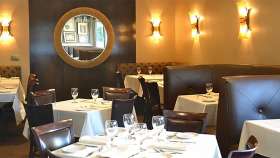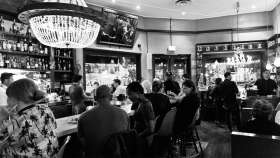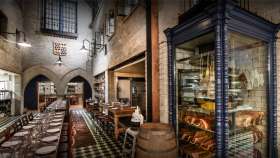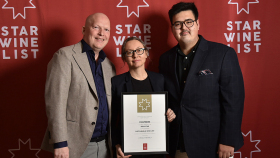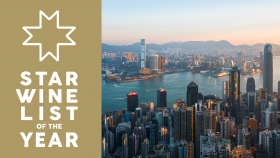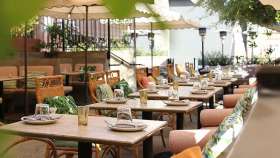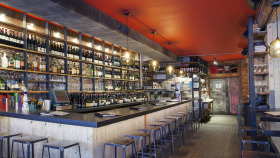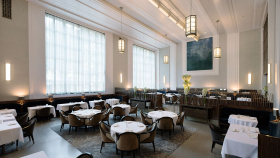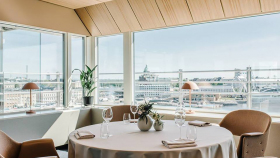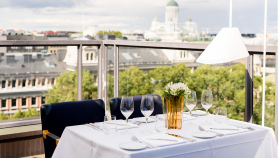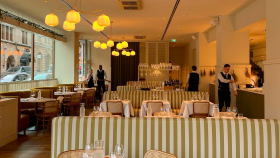 Stir Crazy
Stir Crazy
Casual Dining Restaurant
Los Angeles, USA
 White Star Venue
White Star Venue
Stir Crazy has a wine list approved by Star Wine List, and is therefore listed as a White Star.
For more info on White Star, Red Star and our selection criteria, please read here.
Stir Crazy Wine List
Opening Hours
- Mo:
- 16:00 - 23:00
- Tu:
- 16:00 - 23:00
- We:
- 16:00 - 23:00
- Th:
- 16:00 - 23:00
- Fr:
- 16:00 - 23:00
- Sa:
- Closed
- Su:
- Closed
Wine team
-
CS Christian ScottWine Team





 Mozza
Mozza
